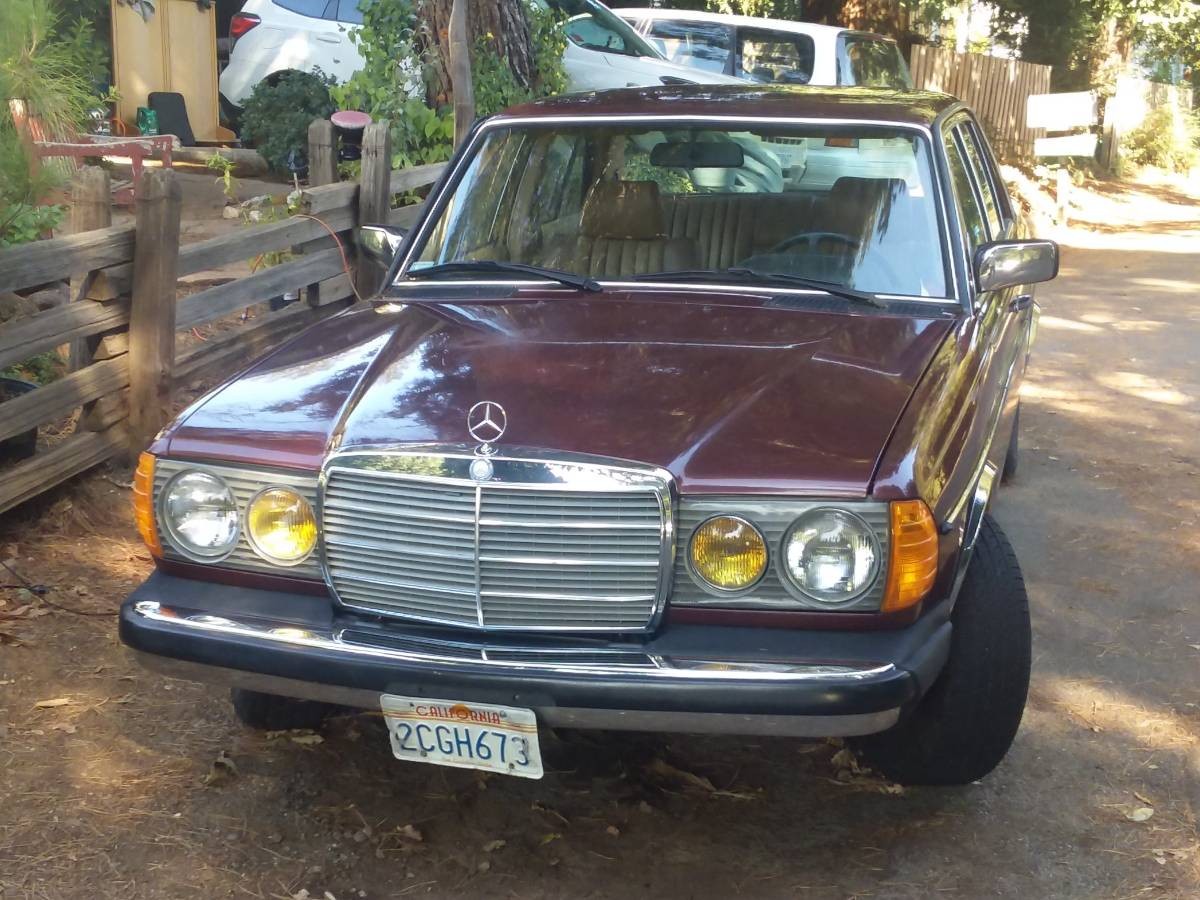As a devoted car enthusiast, particularly with a soft spot for the engineering marvels of yesteryear, I often find myself drawn back to certain models. While some might chase the thrill of modern performance, there’s a unique satisfaction in appreciating the robust simplicity and timeless design of classic vehicles. For me, and I suspect for many discerning aficionados, the Mercedes-Benz W123, especially the 1982-1985 300D Benz Turbo Diesel, holds an undeniable allure.
Yes, the W123 benz turbo diesel isn’t going to win any races in today’s world. It’s deliberately practical, some might say even a bit old-fashioned. It’s certainly not overflowing with modern luxuries, and let’s be honest, the diesel aroma is part of the experience. But these very characteristics are also its strengths. These cars are renowned for their straightforward engineering, exceptional safety (built when safety was paramount), fuel efficiency that belies their age, incredible durability, and a distinctive driving experience that, in its own way, is genuinely enjoyable. And for those of us who appreciate the smell of diesel fumes, well, that’s just a bonus!
However, the secret is out. If you’ve been browsing online marketplaces like Bring a Trailer or Hemmings, you’ve likely noticed that the days of finding bargain-priced W123s are largely behind us. It seems the collective automotive consciousness has finally recognized the enduring value of these machines, and prices for well-maintained examples have climbed accordingly. Wagons, in particular, command a premium. Does this mean enthusiasts like myself, who genuinely appreciate and care for these vehicles, are priced out of the market? Perhaps not entirely.
Looking at recent sales data, especially from platforms like Bring a Trailer, it’s clear that W123 values have seen a significant range. Sales have fluctuated from around $5,000 for a sedan showing its age and mileage, to upwards of $23,000 for pristine, low-mileage examples. It’s important to acknowledge the “Bring a Trailer effect,” where vehicles often achieve higher prices than they might in other sales venues. This trend, however, has influenced the broader market, leading some sellers, especially dealers, to inflate asking prices for even less-than-perfect W123s. You can find W123s with rust issues and mechanical question marks listed online with surprisingly high five-figure price tags. While sellers can ask whatever they wish, it doesn’t guarantee those prices will be realized. Yet, online forums suggest that some buyers are indeed falling into this pricing trap.
Recently, I found myself, as often happens, browsing for another W123 benz turbo diesel. The desire for one of these iconic cars is a recurring theme, even though my current vehicle collection is already quite substantial. During my online search, I encountered several mid-range examples priced between $9,000 and $13,000, many with some degree of deferred maintenance or cosmetic needs. When evaluating a W123, thorough inspection is crucial. Key areas to scrutinize include rust (rockers, valances, wheel arches, doors, and doglegs), fluid leaks, engine blowby, and the functionality of the vacuum system, which controls various features from door locks to engine shut-off. Of course, standard used car checks are also essential. And be wary of the common seller’s claim that the air conditioning “just needs a charge” – it rarely does. A significant bonus is finding a car with comprehensive service records, original keys, owner’s manuals, and tool kit.
My deeper search revealed a couple of particularly interesting cars offered by realistic sellers. Two examples stood out, serving as the inspiration for this article: a Light Ivory (reminiscent of German taxi cabs) model with a Palomino MB-Tex interior, similar to one I owned years ago, and a rarer Metallic Red (possibly Barolo or Cabernet Red) example, also with Palomino MB-Tex. These were listed at $5,000 and $4,500 respectively. Both had accumulated miles (223,000 and 161,000), but these are robust, iron-block Mercedes OM617a diesel engines. For those planning to actually drive their W123, these mileages shouldn’t be a deterrent. In fact, at these price points, you have a solid foundation to acquire a car and elevate it to a truly exceptional condition.
Examining these two cars, the MB-Tex upholstery in both showed some sun-induced “pinking.” Addressing this could involve redying or even replacing the upholstery with factory-correct materials. Further investment in professional detailing, including engine bay cleaning and paint correction, shampooing the carpets, adding factory floor mats, and refinishing the wood trim would significantly enhance these cars. Addressing minor issues, like a non-functional antenna, would also be worthwhile. On the red car, removing the chrome wheel arch trims would be advisable to check for hidden rust underneath.
With a total investment potentially around $8,000, either of these benz turbo diesel W123s could become an outstanding classic daily driver, capable of providing enjoyment for decades to come – a testament to their inherent longevity. Consider this in comparison to a presentable but not perfect W123 with 226,000 miles that recently sold for just under $10,000. With a little care and attention, either of the examples discussed could likely be sold on Bring a Trailer for $10,000 or more, although the real reward is in owning and enjoying such a durable and iconic vehicle. And if you ever do consider selling, remember, presentation is key.
The Mercedes-Benz W123 300D benz turbo diesel remains a compelling choice for the classic car enthusiast. It offers a unique blend of durability, economy, and timeless design, still attainable at a reasonable price point, making it a truly smart classic investment.
